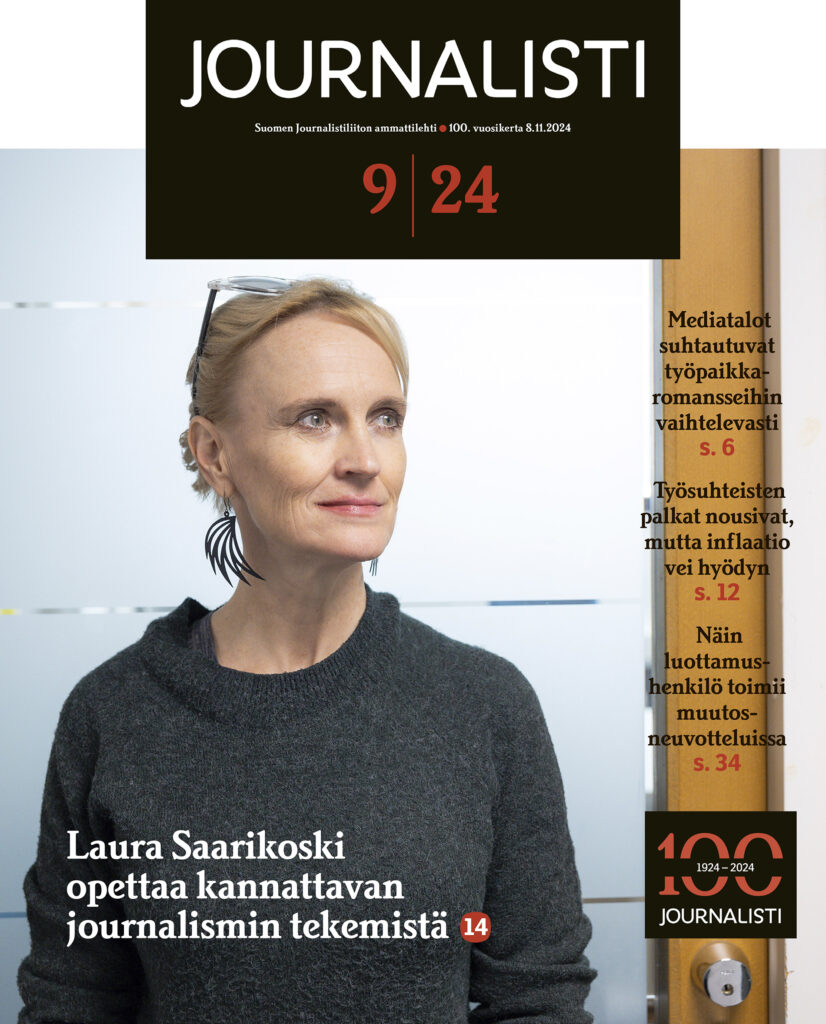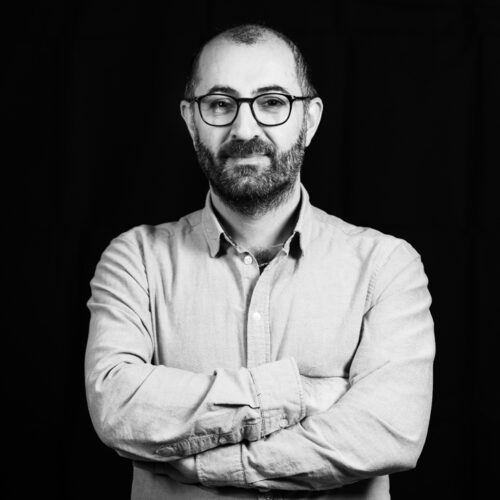The ongoing war between Hamas and Israel led me to write an article for a Finnish news channel, in which I addressed the militias and countries involved in the conflict. I believe that this is not a war between good and evil, nor between angels and the devil. There is a complicated web of historical grievances, geopolitical interests, and struggles for land, religion, and sovereignty.
When I submitted my article, the editor contacted me with a list of questions regarding the concept and names of the organizations I had mentioned, like Kata’ib Sayyid al Shuhada. After answering some of their questions, I started searching Western sources like the Washington Institute to find definition descriptions of the organizations I had mentioned in my article. Additionally, I had to provide all the media sources I had taken information from for the article.
Since I thought that I had written the piece in an easily understandable manner, I found this process quite interesting.
I have been a journalist for over a decade, covering Kurdish and Middle East issues, as well as other conflicts and wars in the region, such as the Iraqi and Iranian militias fighting the US Army. Throughout my career, I have not typically needed to offer formal definitions of concepts, militias, or organizations in my articles.
There could be several reasons for this, perhaps because our readers in the Middle East were already well-versed in Middle Eastern conflicts.
It is important to note that the current Hamas-Israel war is being fought by more than two parties. There are many factions and factors involved, which contributes to the complexity of the situation. It may be possible for journalists from the region to provide a more accurate account of the conflict from all perspectives.
Moreover, ethically speaking, for a journalist from the Middle East, it’s not straightforward to label one party as terrorists and another as something less severe, regardless of how the Washington Institute defines them. At the end of the day, both sides are engaged in killing each other, resulting in civilian casualties, including women and children, within their own homes.
A few days later, I learned that most of the Middle Eastern journalists I met at Haaga-Helia University had also encountered the same thing, a lack of knowledge and less attention in the editorial rooms of various Finnish media outlets.
As a journalist with an immigrant background residing in Finland, I was keen to contribute information about my homeland and Middle Eastern countries to increase this knowledge. I know that our presence within Finnish media outlets was new; they are unfamiliar with us, and we are not staff there, we have only worked as interns for a few weeks.
Finland is not a large country and does not have large media organizations that can send reporters to every capital or war zones. Nonetheless, there are many immigrant journalists from various countries with extensive experience in conflict reporting. Their expertise could be invaluable for writing stories and contributing to coverage.
Journalisti is publishing articles by international students from Haaga-Helia to mark the 100th anniversary of Journalisti.

Uusimmassa lehdessä
- Työelämäprofessori Laura Saarikoski haluaa opettaa kannattavan journalismin tekemistä. Opiskelijoita kiinnostaisi enemmän se, miten jaksaa työelämää.
- Luottamushenkilön on oltava diplomaatti, sanoo A-lehtien Elisa Miinin
- Haastattelun ja taustakeskustelun raja on selvä vain periaatteena

